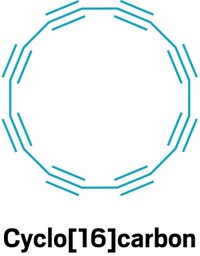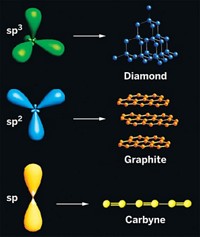Advertisement
Grab your lab coat. Let's get started
Welcome!
Welcome!
Create an account below to get 6 C&EN articles per month, receive newsletters and more - all free.
It seems this is your first time logging in online. Please enter the following information to continue.
As an ACS member you automatically get access to this site. All we need is few more details to create your reading experience.
Not you? Sign in with a different account.
Not you? Sign in with a different account.
ERROR 1
ERROR 1
ERROR 2
ERROR 2
ERROR 2
ERROR 2
ERROR 2
Password and Confirm password must match.
If you have an ACS member number, please enter it here so we can link this account to your membership. (optional)
ERROR 2
ACS values your privacy. By submitting your information, you are gaining access to C&EN and subscribing to our weekly newsletter. We use the information you provide to make your reading experience better, and we will never sell your data to third party members.
Materials
New record for longest linear carbon chain
Researchers say it’s the closest approximation yet achieved of carbyne, an elusive and controversial material
by Matt Davenport
April 11, 2016
| A version of this story appeared in
Volume 94, Issue 15

An international research team has created the longest linear carbon chain to date by linking more than 6,000 carbon atoms into a single-file strand that stretches for nearly a micrometer (Nat. Mater. 2016, DOI: 10.1038/nmat4617).
The previous record stood at around 100 carbon atoms, making the new result the closest approximation scientists have to carbyne, one of the world’s more contentious materials, says team leader Thomas Pichler of the University of Vienna.
Theoretically, carbyne is an infinite line of carbon atoms, strung together with alternating single and triple bonds, with higher strength and stiffness than carbon’s multidimensional allotropes: graphene, nanotubes, and diamond. But real linear carbon chains are prone to cross-link explosively. This instability and a litany of substances misidentified as carbyne have led to hot disputes when new claims of carbyne arise.
Pichler and his team deliberately dubbed their creations “long, linear carbon chains” and addressed the instability problem by growing their chains inside protective carbon nanotubes. The researchers annealed empty double-walled tubes with specific inner diameters—about 0.7 nm—under high vacuum to bolster formation of linear carbon chains. The team thus created much longer chains and many more of them compared with previous efforts, Pichler says.
This is an exciting study, says Hisanori Shinohara, a nanocarbon chemist at Nagoya University. “The next important and definitely required step is to extract the linear chain molecules from the carbon nanotubes” to understand their properties, he adds.





Join the conversation
Contact the reporter
Submit a Letter to the Editor for publication
Engage with us on Twitter